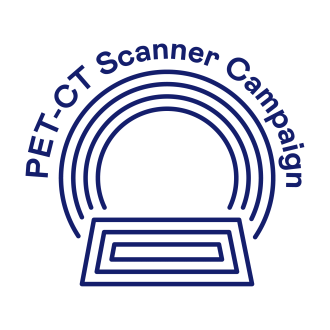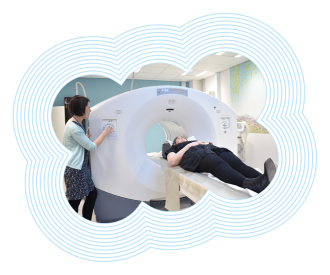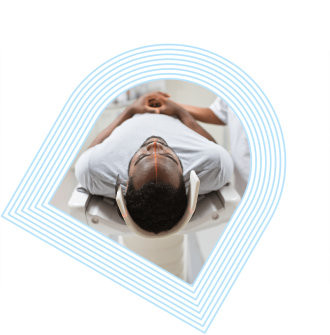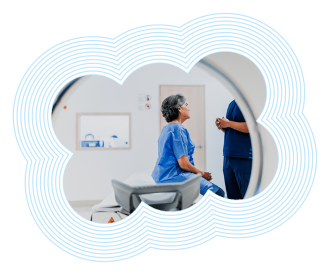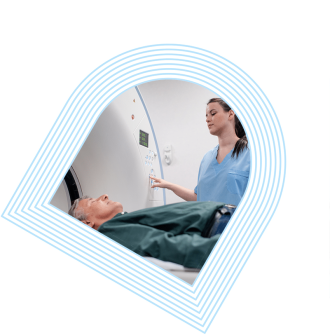At RUHX, we believe in providing more than just good care—we aim to deliver extra extraordinary care.

To keep our hospital at the forefront of medical innovation and future proof our service for the next decade; we need to invest in a new PET-CT Scanner and build two additional uptakes rooms in the Radiology Department.
A new RUH PET-CT scanner will mean less time waiting nervously for answers and reassurance, more time to get back to enjoying life with family and friends! And, crucially, for our extraordinary hospital staff, the time to help even more patients.


